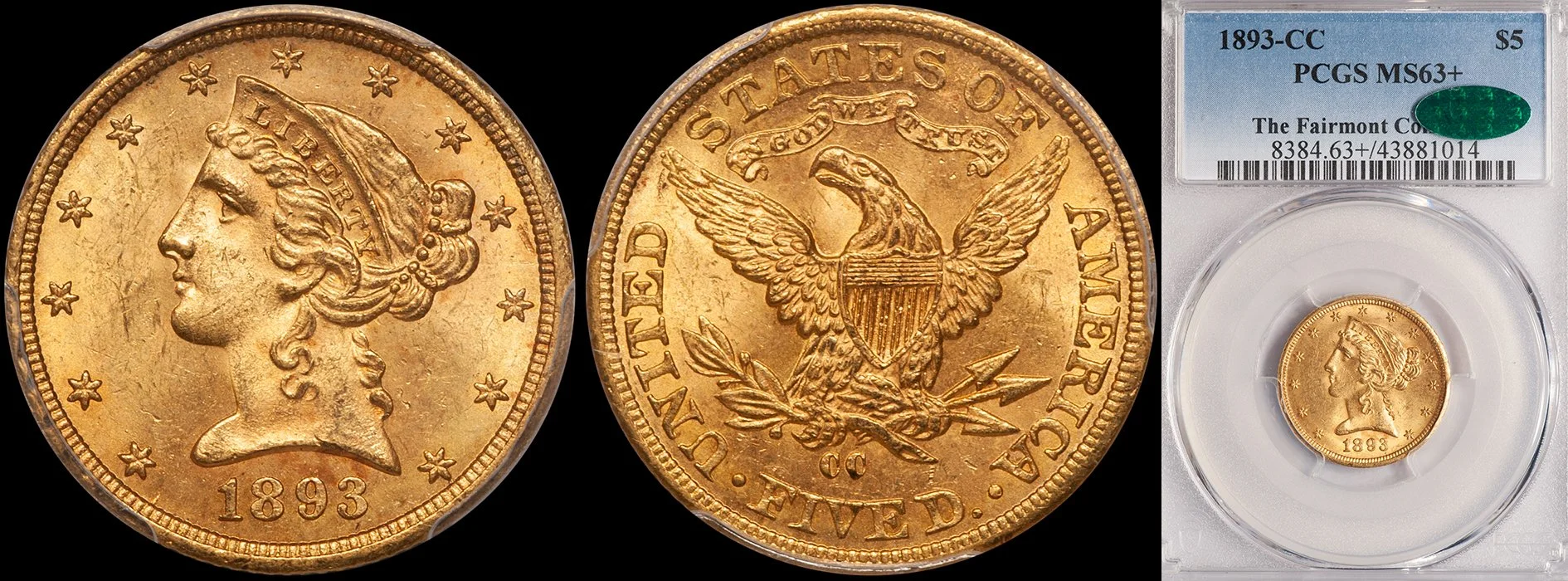Which of the Big Four New Orleans Eagles is the Best Value?
/By analyzing PCGS and CAC population and price data, we should be able to reach some interesting conclusions…
Read MoreA Post-Fairmont Date-by-Date Analysis of No Motto New Orleans Eagles
/Thanks to the Fairmont Hoard, No Motto eagles have seen the greatest number of changes of all the major types of New Orleans gold when it comes to Condition Census coins…
Read MoreThe Ten Rarest New Orleans Eagles
/Most collectors know that the 1859-O and the 1883-O are the kings, but few collectors are aware of which dates follow on their heels…
Read MoreDWN Buys Gem 1850-O Eagle, Ex-Eliasberg
/At the recent 2017 FUN show, Douglas Winter Numismatics purchased the 1850-O Eliasberg eagle for a price which is likely a record for any business strike ten dollar gold piece from the New Orleans mint...
Read MoreThe New Orleans Eagle Market is Sizzling
/The recent Stacks Bowers Baltimore auction contained a group of comparatively high grade New Orleans eagles which contained a few very important pieces. While admittedly a small sample size (just seven coins), the prices realized were all very strong. This leads me to conclude that this area of the market has become very strong. Let’s look at and analyze each coin.
Read MoreNo Motto New Orleans Eagles: A Study of Condition Rarity
/The No Motto type of Liberty Head eagle was produced at the New Orleans mint from 1841 through 1860. By using CAC population figures, we can get an idea of which dates display condition or appearance rarity. CAC is a service which is rewards good eye appeal, unlike the grading services which are grading more from a technical standpoint.
Read MoreHigh-Grade No Motto New Orleans Eagles: An Analysis
/All No Motto eagles are very rare in MS64 and higher grades. Even the common Philadelphia issues which exist by the thousands in circulated and low-end Uncirculated grades are all but unknown in high grades. This is due to a combination of factors: mishandling, use in commerce, melting(s), and lack of collector interest until well into the 20th century.
Read More


















